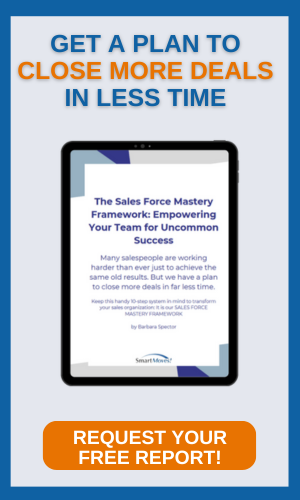Peter Drucker, author of The Effective Executive, wrote, “An effective executive builds on strengths; their own strengths, the strengths of superiors, colleagues, subordinates; and on the strengths of the situation.” Marcus Buckingham, author of Go Put Your Strengths to Work, wrote, “You don’t focus on people’s strengths to make them happier. You do it to make them better performers.”
There is growing support in corporate America to become more strength based. However, Marcus Buckingham further states that most people do not know how to play to their strengths. “We know how to label our strengths, however we have little idea how to take control of our work and steer it towards these strengths.”
But how do you position and develop employees’ talents and strengths? It starts with how you select , develop and channel the careers of your people. It has been reported the talent shortage is going to have a profound impact on companies of all sizes. This may not be the case once the organization begins recognizing the talents and strengths of their employees. Employees, who play to their strengths, stay longer, work smarter and apply increased discretionary effort, all resulting in improved business results. Organizations must start mining the talent that resides within each of their employees. When this takes place, organizations will experience levels of increased productivity far outweighing the productivity increases caused by the technology revolution of the past 10 years.
Result-driven leaders possess leadership, managerial and technical talents and strengths. The CheckPoint™360° and ProfileXT® reports are tools that will help identify leader’s talents and strengths. Now that you know your leadership strengths and talents, how do you avoid falling into the trap of not knowing how to steer your job towards further use of those talents and strengths?
Process of Building upon Strengths
The process of building upon strengths and talents is not easy, but it can be broken down into three steps. You start by confirming your unique leadership strengths and talents. The best way to do that is through the feedback of those who see you perform as a leader. Now that you have accurate feedback, you need to learn to act upon that feedback.
Reflect upon your current and past positions in your career. How did your strengths and talents help you achieve results? Think about specific situations. Breakdown your actions in those situations and identify where your strengths accelerated your performance.
Once you have a good understanding of how your strengths have helped you in your past, then you need to further develop those strengths and talents. One reason people struggle with building upon strengths is their misconception of how strengths are developed. For years people thought, “If I can just gain more knowledge, I will grow in my job.” But experience has demonstrated “knowledge acquired does not necessarily result in knowledge applied.”
Developing Your Strengths On-the-job
The best way to develop a leader is on-the-job learning. It is not that taking courses or seminars cannot be beneficial; they can be. Knowledge and skill acquired in courses or seminars rarely transfer to the job due to lack of feedback and reinforcement on-the-job. Unless you have a highly motivated person, they return to the job and try the new skill once, maybe twice, but if they begin to realize what they are doing is not being perceived as important to the organization, they will revert back to doing things the old way.
So what are the best methods for developing strengths on-the-job? Bob Eichinger and Mike Lomminger, researchers at the Center for Creative Leadership , found that development starts with knowledge and application of competencies. Once you know your strengths and talents, you can work with your organization to provide you with the opportunity to tackle job-specific challenges. The types of challenges that make a difference are carrying functional assignments from beginning to end and being fully cross-trained in all in-store tasks;
- Implementing a companywide change
- Implementing a plan to cut cost or control inventories
- Negotiating agreements with your peers or other function leaders
- Transitioning from being a reactive leader to a proactive leader
- Increasing your ability to solve increasing complex in-store challenges
- Strengthening your customer service skills
- Leading by example
- Become proficient in the situational use of your leadership skills
- Coaching your direct reports and other employees
- Operating in high-pressure or high-visibility situations.
These are just a few on-the-job activities; there are many more. Practice your creativity skills and think outside the box.
Another method of developing on-the-job is to gain specific organizational knowledge. How much do you know about the different divisions, functions, processes, products, services, customers and technologies of your company and eventually your parent company? Seek out this knowledge by reading everything you can about your company, seeking out experts in various functional areas and cataloging your information in such a way that you can quickly recall the data and use it when appropriate. Other methods for developing on-the-job are through involvement with a mentor, management, functional leader, supervisor and team leader.
Remember: Why settle for good when you have the opportunity to be great!
Learn how our surveys http://www.smartmovesinc.com/summary_leadership-development.php can help identify the talents and strengths of your employees.
If you have any questions, please do not hesitate to contact us at (800) 700-6507 or www.smartmovesinc.com





